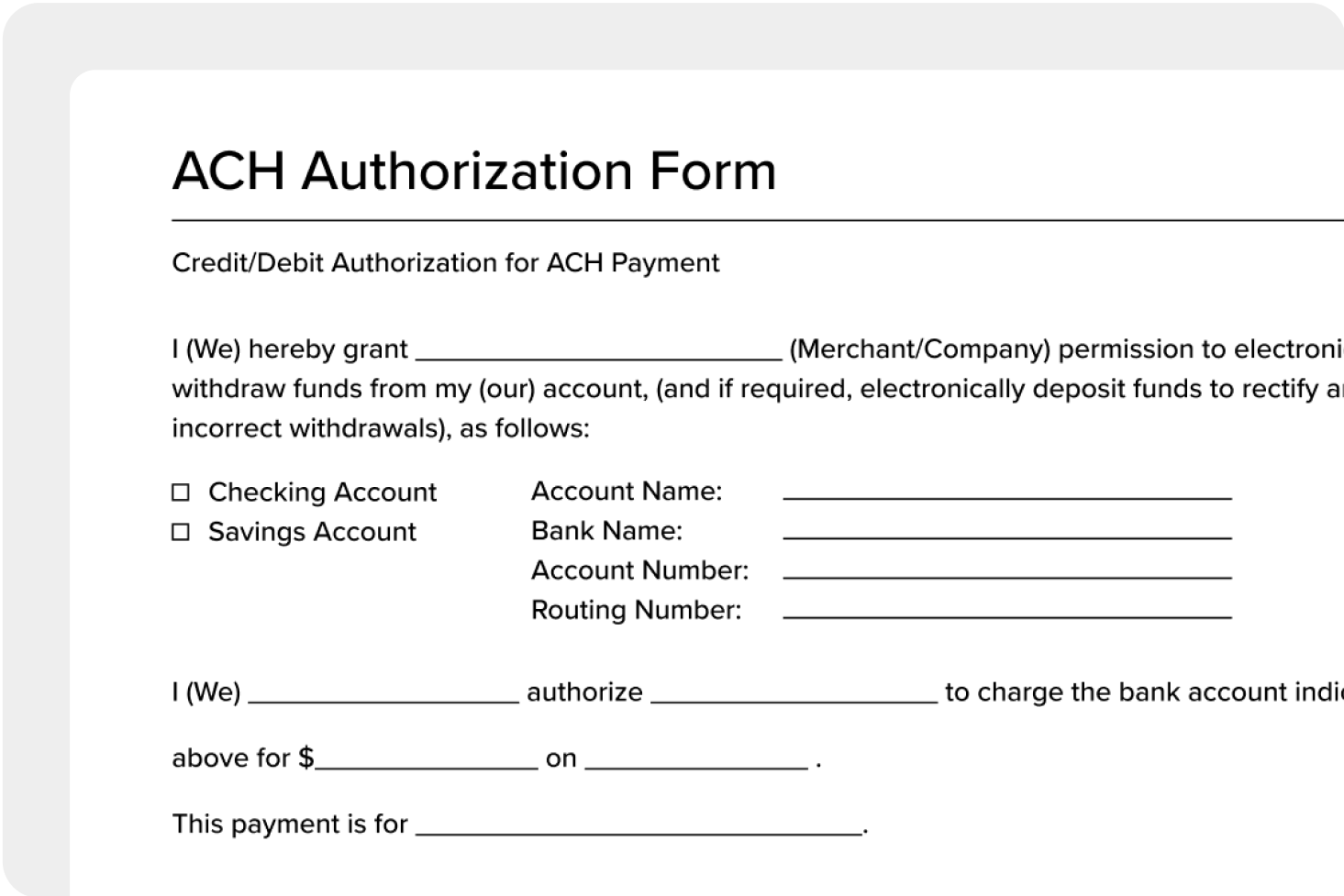The ACH network facilitates the funds transfers directly between financial institutions, sidestepping the need for credit card networks, wire transfers, cash, or paper checks.
If an ACH payment can’t be successfully processed, it becomes an ACH return.
What are ACH returns?
ACH returns refer to reversing or returning unsuccessful ACH transactions. These returns aim to ensure transactions are processed accurately and securely while protecting both the sender and the receiver of the funds.
A reversal can happen due to a simple error like mistyping an account number. So, ACH returns aren’t always a cause for immediate concern, they can delay payments.
Rejected ACH payments can happen for various reasons, such as insufficient funds, incorrect account information, or suspected fraud. Regardless of the reason, each ACH return comes with its own unique return code.
What are ACH return codes?
ACH return codes are three-digit alphanumeric indicators attached to returned ACH transactions that help identify the specific reason for a return.
An ACH return code is generated to specify the problem, and the RDFI (Receiving Depository Financial Institution) communicates this to the ODFI (Originating Depository Financial Institution) using a three-digit return code.
There are over 80 unique return codes, each starting with the letter “R” to explain the specific reason for a return. These codes are standardized by the National Automated Clearing House Association (NACHA) system.
ACH return reason codes are used interchangeably with NACHA return codes. These bank codes provide a high-level categorization of the reason for the return and a standardized understanding of the issue. This allows banks and businesses to quickly identify and address the cause of the return and take appropriate action while preventing delays or discrepancies in the payment process.
Return reason codes can vary between financial institutions and help provide additional context. Some codes are more common than others.
16 ACH return codes to familiarize yourself with
With numerous ACH return codes, each indicating a specific reason for a return, memorizing them all is not feasible. Therefore, businesses can do their best to familiarize themselves with a few standard codes.
Here’s a list of ACH return codes that are most common to see:
- R01 (insufficient funds): The R01 return code indicates that insufficient funds have been used in an account to cover a transaction.
- R02 (account closed): The R02 return code indicates an account has been closed and a transaction can’t be processed.
- R03 (no account/unable to locate account): The R03 return code indicates the account number provided is invalid or doesn’t exist.
- R04 (invalid account number): The R04 return code indicates an incorrect account number.
- R05 (unauthorized debit entry): The R05 return code indicates the originator doesn’t have proper authorization to debit the account.
- R07 (authorization revoked by customer): The R07 return code indicates the customer has revoked the authorization for the transaction.
- R08 (payment stopped): The R8 return code indicates that a transaction receiver has requested a stop payment.
- R10 (customer advises unauthorized): The R10 return code indicates a customer disputing the transaction as unauthorized.
- R11 (check truncation entry return): The R11 return code indicates a check truncation entry is being returned.
- R13 (invalid ACH routing number): The R13 return code indicates an ACH routing number is invalid, possibly due to customer account code or clearing code errors.
- R15 (beneficiary or account holder deceased): The R15 return code indicates the beneficiary or account holder is deceased.
- R16 (account frozen): The R16 return code indicates an account is frozen, restricting transactions.
- R17 (file record edit criteria): The R17 return code indicates an entry contains an incorrect field.
- R20 (non-transaction account): The R20 return code indicates an entry isn’t a transaction account (e.g., a savings account).
- R23 (credit entry refused by receiver): The R23 return code indicates a receiver has refused the credit entry.
- R29 (corporate customer advises not authorized): The R29 return code indicates a corporate customer has advised that the entry was unauthorized.
These return codes, along with many others, allow financial institutions to identify the cause of the return quickly. Return timeframes vary depending on the return code and financial institution policies but typically range from a few business days to a few weeks.
How to be proactive when handling rejected ACH payments
Getting things back on track when payments don’t get the green light is essential for keeping the financial flow on track.
By being knowledgeable and proactive about ACH return codes, your business can minimize disruptions and maintain strong relationships with its customers and partners.
More articles you might like:
CONTENTS
From direct deposit to bill payments, the ACH network shapes the landscape of electronic fund transfers. ACH extends its influence across various areas to move funds between businesses, individuals, and financial institutions.
- 1
- 2
- 3
- 4
- 5
- 6
- 7
- 8
- 9
- 10
- 11
- 12
- 13
- 14
- 15
- 16
- 17
- 18
- 19
